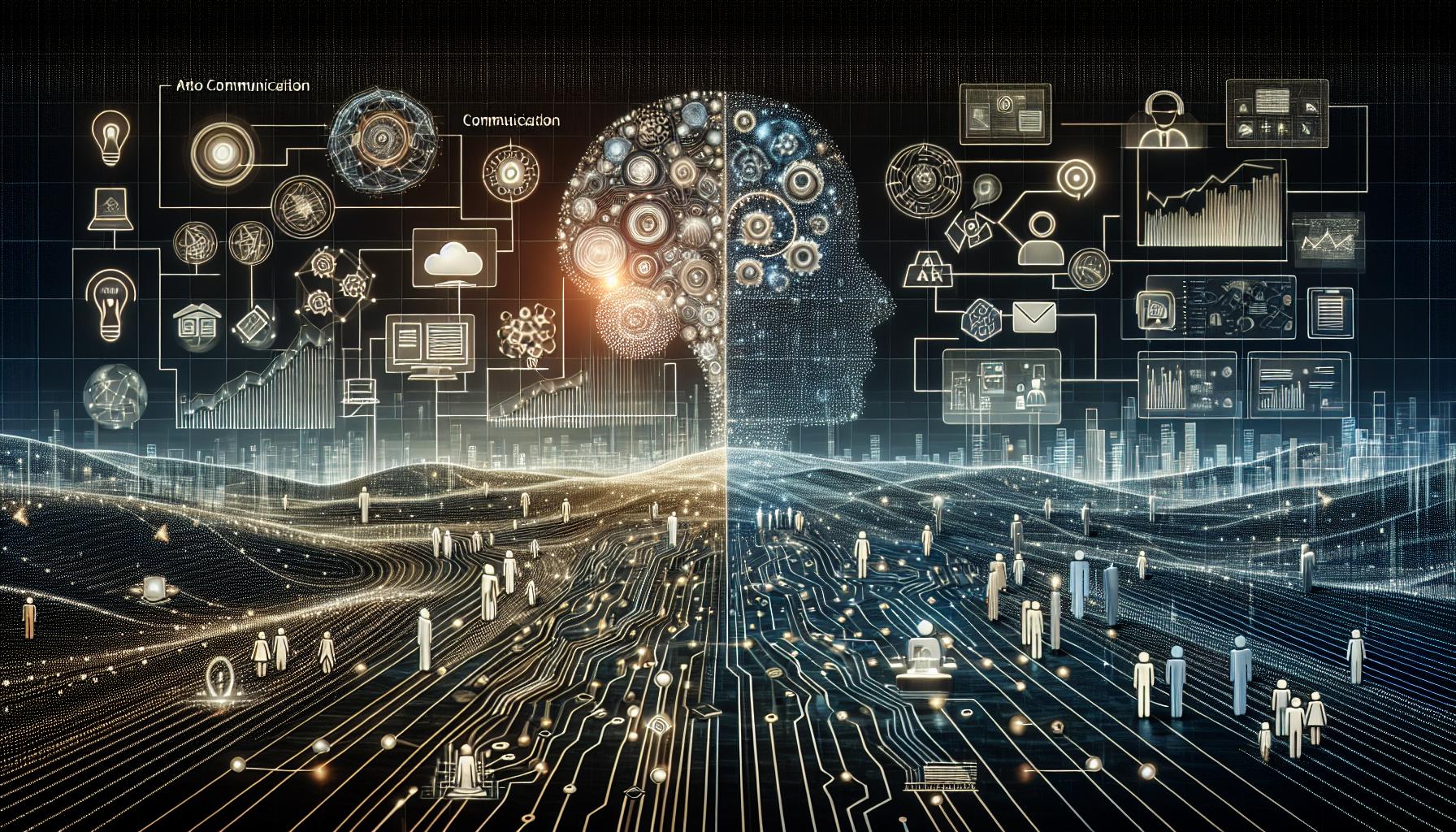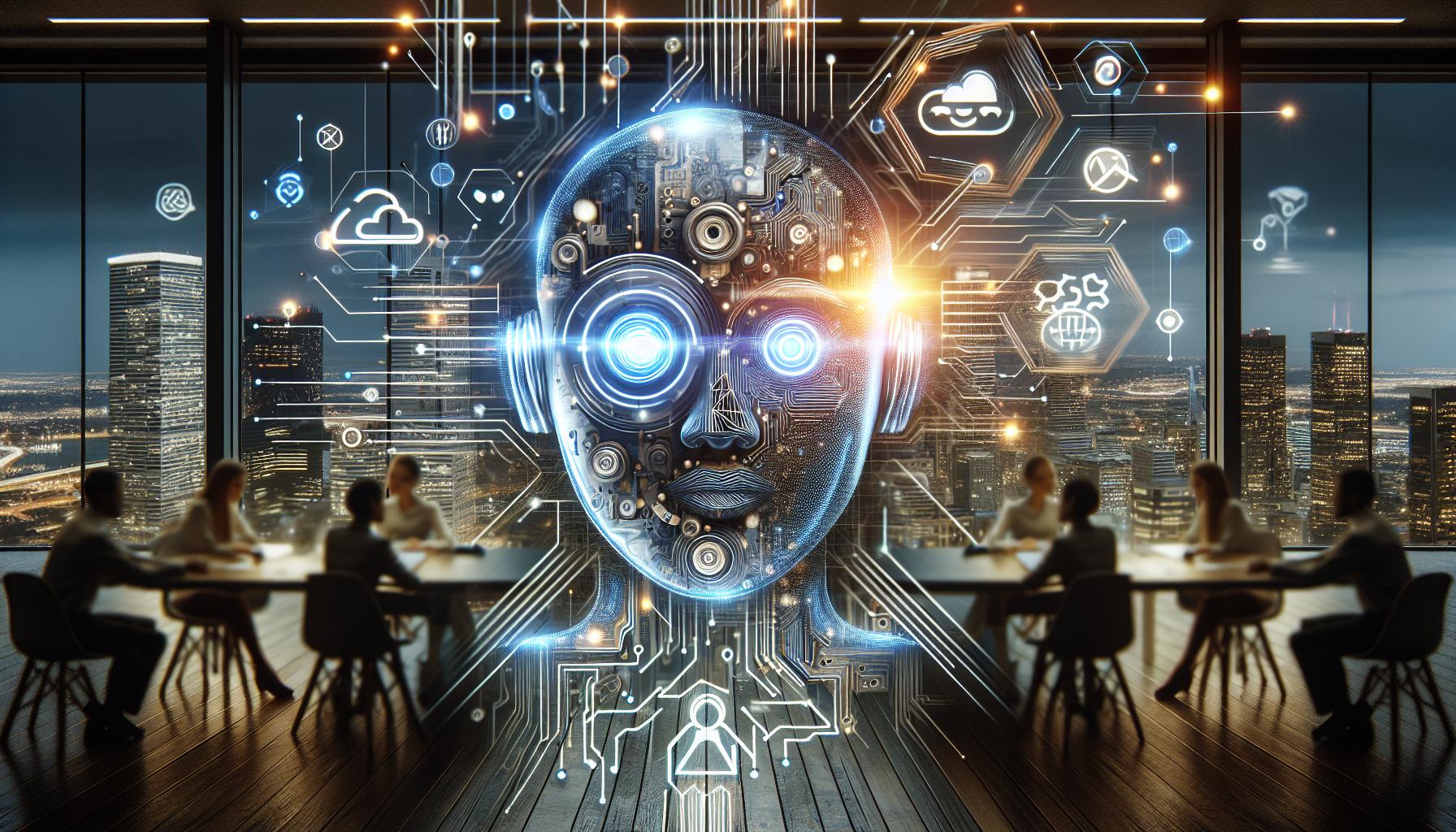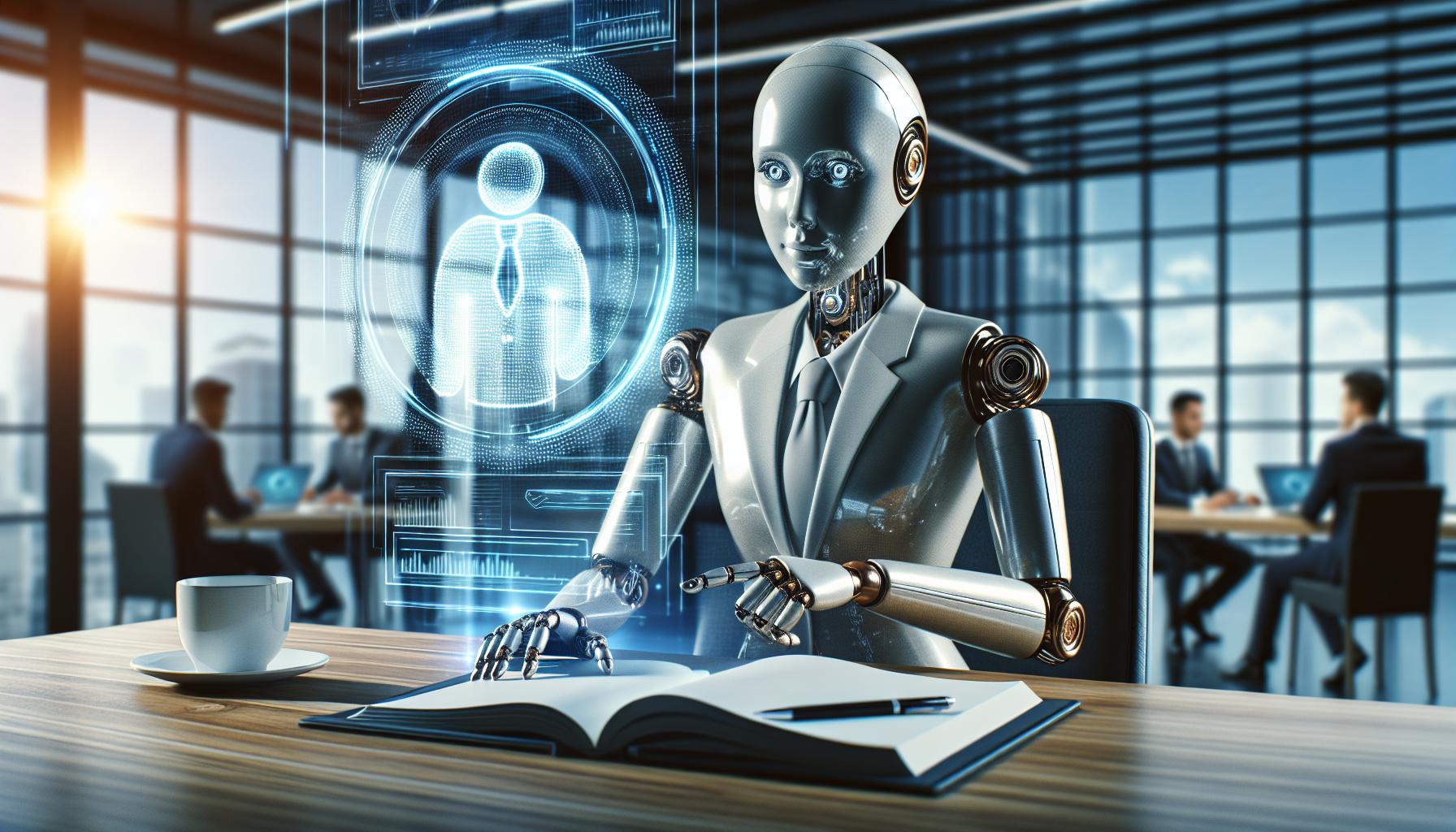Understanding and Mitigating Gender Bias in AI: Key Insights and Questions
Introduction
Artificial Intelligence (AI) has become an integral part of modern technology, influencing decision-making across various sectors. However, A.I. systems often reflect and amplify existing gender biases from human-created data. Addressing these biases is crucial to creating fair and equitable A.I. models. This overview highlights significant research on gender bias within AI, focusing on key papers and their implications.
What is Bias?
In the context of AI, bias refers to the unequal, unfavorable, and unfair treatment of one group over another. This often manifests in A.I. systems making biased decisions based on gender, race, or other attributes due to prejudiced training data. A.I. models are assessed for how they handle gender, typically in binary terms: man/woman, to identify and mitigate unequal treatment.
Historical Research on Gender Bias in AI
Debiasing Word Embeddings (Bolukbasi et al., 2016)
This seminal paper found gender biases in word embeddings, which are foundational elements of many natural language processing (NLP) models. For instance, analogies generated by these embeddings often exhibited sexist tendencies (e.g., man: computer programmer and woman: homemaker).
The authors proposed a debiasing method using gender-neutral words that helped reduce such stereotypical analogies. While notable for word embeddings, this method is less effective for modern transformer models. Transformative advancements like BERT and GPT-3 require more sophisticated techniques to mitigate gender biases.
Gender Shades (Buolamwini and Gebru, 2018)
Another pivotal research work, Gender Shades, examined commercial gender classifiers and revealed intersectional biases. It showed that these classifiers performed poorly on darker-skinned females compared to lighter-skinned males. This type of bias can lead to severely discriminatory outcomes.
Tech companies like Microsoft and IBM responded by diversifying their training datasets. This research emphasized the need for inclusive data to prevent the marginalization of specific demographics in technological applications.
Gender Bias in Coreference Resolution (Rudinger et al., 2018)
This paper exposed how coreference resolution models exhibited gender biases. These models disproportionately resolved certain occupations to male pronouns, thus perpetuating harmful stereotypes associating specific jobs with particular genders.
The implications of such biases are profound, influencing societal perceptions of gender roles and potentially impacting employment opportunities for different genders.
BBQ: Bias Benchmark for QA (Parrish et al., 2021)
The Bias Benchmark for QA (BBQ) project uncovered how large language models (LLMs) display harmful biases in question-answering tasks, reinforcing stereotypes deeply rooted in culture. One critical concern is that data bias is often localized to English-speaking contexts, which necessitates cultural translations for non-English A.I. applications.
Stable Bias in Diffusion Models (Luccioni et al., 2023)
Recent research in 2023 noted ongoing issues with A.I. image-generation tools like DALL-E 2. These tools predominantly depicted white and male individuals, especially in positions of authority.
To address this, the authors created tools to audit A.I. models' behavior. Ensuring the diversity of training datasets is vital to provide fair representation across different demographics.
Discussion
While significant strides have been made in addressing gender bias in AI, there are still many challenges. Many benchmarks and datasets focus exclusively on specific biases, often overlooking others. Additionally, much of the research is Western or English-centric, necessitating a broader and more inclusive perspective.
Current Gaps and Philosophical Questions
Gaps
Current benchmarks and models often only address specific biases, leaving others unrecognized. A comprehensive understanding of biases across various axes (gender, race, culture) is essential.
Philosophical Questions
Should A.I. reflect societal realities, even if they are biased, or should it model an idealistically equitable world? This ongoing debate influences how biases are approached and addressed in A.I. systems.
Final Thoughts
Evaluating and mitigating societal biases in A.I. models should be a continuous effort. Since A.I. systems are trained on human data, they inevitably reflect human biases. Improvements in A.I. training datasets and methodologies, along with transparency, are key to reducing biases and promoting fairness.
In closing, here are some critical questions to ponder:
1. What methods can be used to address biases in modern transformer-based A.I. systems?
2. How can A.I. models be trained to account for cultural and geographic diversity without reinforcing stereotypes?
3. What are the ethical implications of choosing between representing societal realities or idealistically equitable worlds through A.I. models?
Continuous dialogue and research in these areas will be essential for developing more equitable and fair A.I. systems in the future.




